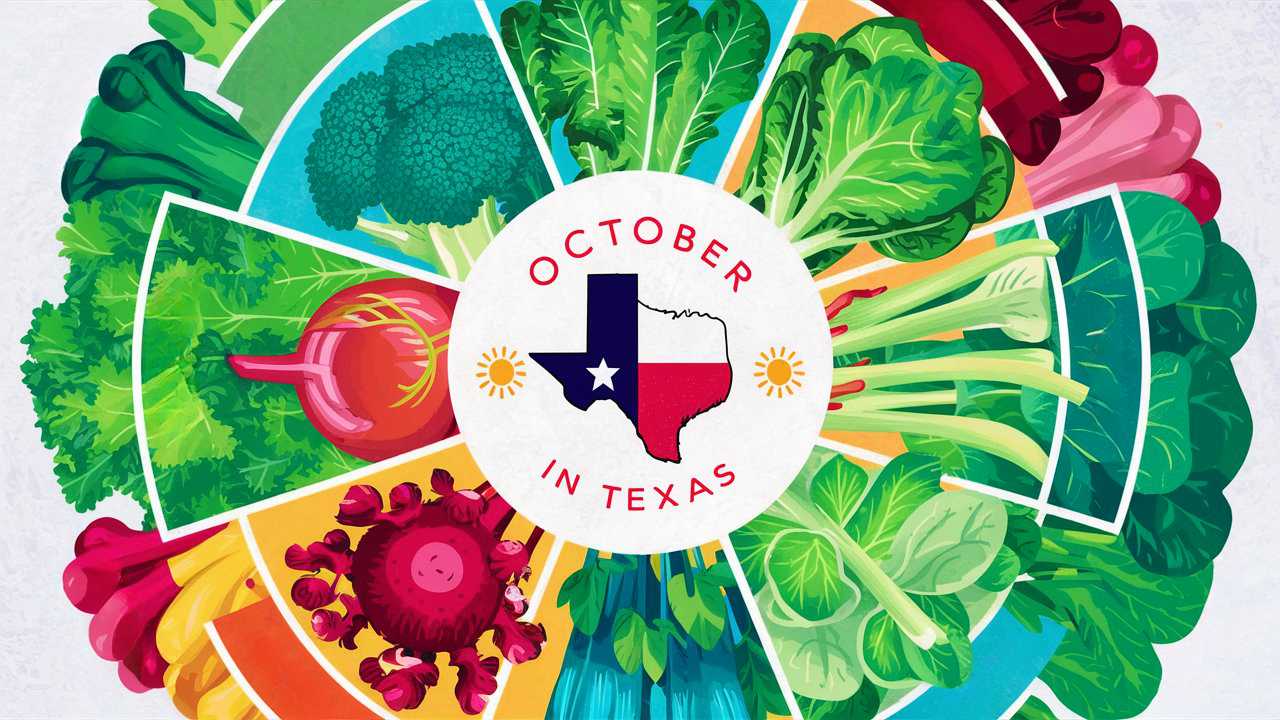On this page, you’ll find the best vegetables to plant in October in Texas for a year round harvest this fall and in deep into the heart of winter.
Peppers
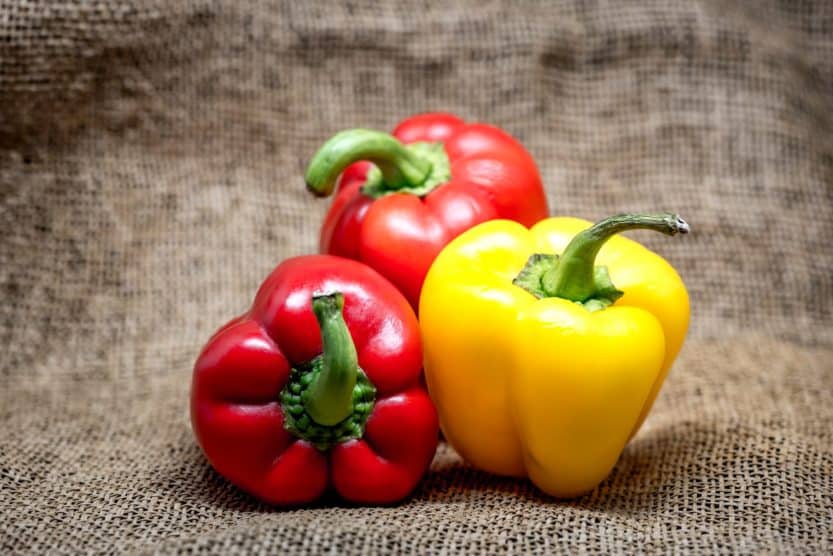
October is a fantastic month for planting peppers in Texas, particularly in the southern regions where the warm climate allows for a longer growing season. This time of year is ideal for both direct sowing and transplants. When choosing varieties, it’s beneficial to consider heat-tolerant options such as ‘Jalapeño’ and ‘Serrano’, which not only withstand the Texas heat but often improve in flavor with the fall warmth. Bell peppers can also be planted, but they require slightly more care as they are more sensitive to cooler temperatures.
To plant peppers, select a sunny location with well-draining soil. Amend the soil with compost to provide essential nutrients, and establish a watering schedule that keeps the soil consistently moist but not waterlogged. Peppers are also relatively low-maintenance but keep an eye out for pests such as aphids and spider mites, which can quickly undermine your harvest. October tends to bring fewer pests, but vigilance is still essential. As they establish roots and start producing, you can enjoy fresh peppers well into the winter months, making them a great addition to your fall garden.
Cucumbers
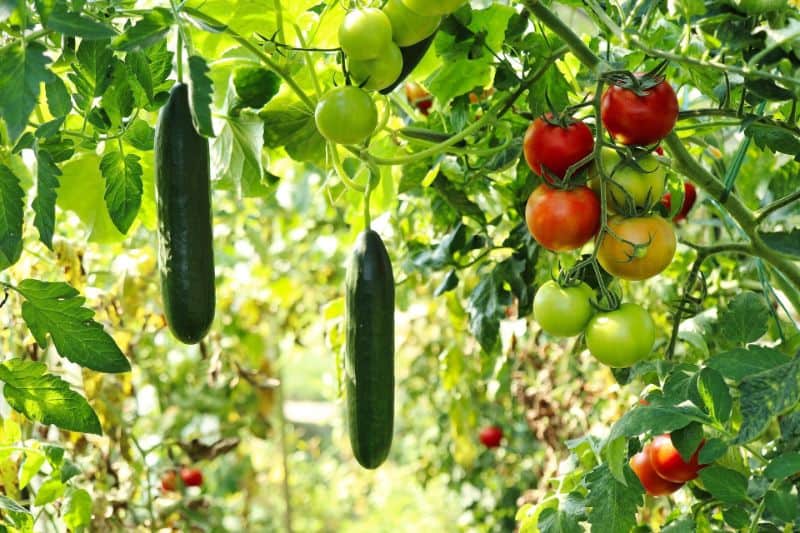
While cucumbers are traditionally considered summer vegetables, October offers a unique opportunity in Texas for those interested in succession planting. By this time, the earlier summer crops may have been harvested, creating space in your garden for a late-season cucumber crop. Look for fast-maturing varieties such as ‘Bush Champion’ or ‘Pickling Cucumber’, as these can thrive in the slightly cooler temperatures of late fall, especially if you provide them with protection from any unexpected frosts.
For successful cucumber planting in October, consider utilizing a trellis system. This not only saves space but also helps the plants get ample sunlight and air circulation, which can reduce disease pressures. Prepare the soil with a mix of compost and organic matter to ensure that these sprawling vines have the nutrients they need to establish strong plants. Regular watering, especially during dry spells, is crucial for cucumber development, as they tend to be quite thirsty. In Texas, the weather can be unpredictable, so using row covers in case of early frost can help extend your harvest season.
Eggplants
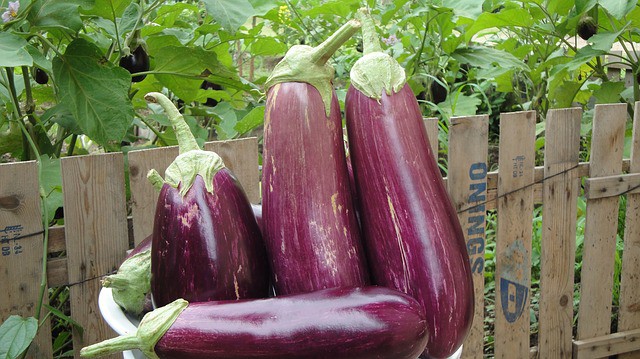
October is an often-overlooked month for planting eggplants in Texas, but it can yield rewarding results, particularly if you choose the right varieties. This time of year can be particularly suitable for growing hybrid varieties such as ‘Black Beauty’ or ‘Ichiban’, which are more resilient to the cooling temperatures while still benefiting from the residual heat of the soil. Eggplants thrive in well-draining soil rich in organic matter, so it’s advisable to amend your garden bed accordingly before planting.
Consider using protective measures like row covers to shield young plants from the cooler nighttime temperatures expected in October. Mulching around eggplants can also help retain soil warmth and moisture, promoting healthier growth. With consistent watering and fertilization practices, eggplants planted in October can sometimes produce fruit by late winter, providing a unique opportunity for harvesting this flavorful vegetable when fewer choices are available. Regular monitoring for pests, particularly flea beetles, is important as they enjoy eggplants almost as much as gardeners do. With just a bit of care, your October-planted eggplants can turn into a vibrant late fall harvest, adding a unique twist to your vegetable repertoire.
Squash
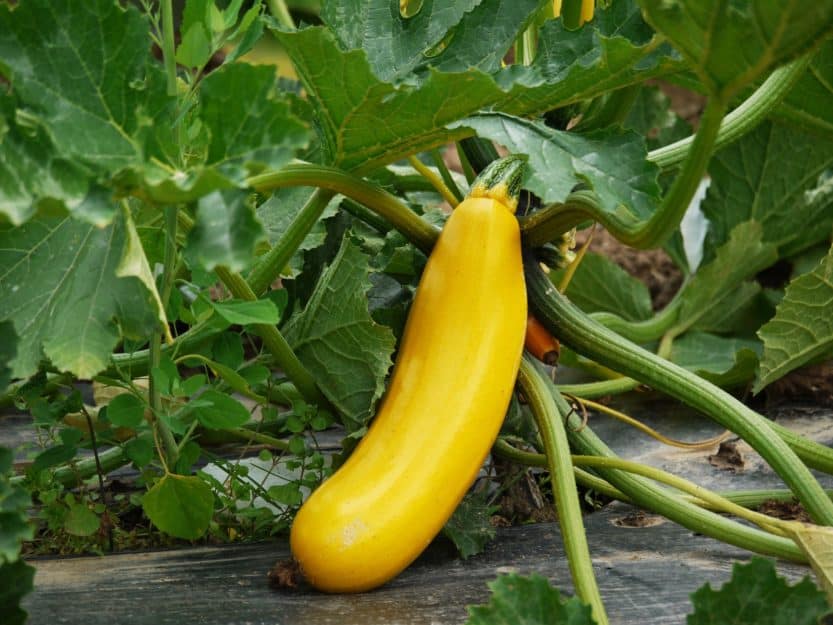
October is an excellent time to plant squash in various regions of Texas, especially the home gardens at the southern edge of the state. Both summer and winter squash varieties can be successfully sown during this time, taking advantage of the warm soil and residual heat in the air. Varieties such as ‘Yellow Crookneck’ and ‘Pattypan’ are ideal for summer squash, while ‘Butternut’ and ‘Acorn’ are perfect for winter squash. Planting these types in October can lead to a surprisingly robust harvest before the colder weather fully sets in.
When planting squash, space is crucial due to their sprawling nature. Ensure your garden bed is prepared with well-draining soil enriched with compost to provide the nutrients necessary for strong growth. Squash plants prefer full sun, so choose a location that receives at least six hours of sunlight daily. Given the tendency for sudden cold snaps in Texas, consider employing floating row covers or planting in raised beds to elongate the growing period and protect seedlings from unexpected frosts. Additionally, regular watering practices combined with decent mulching can keep weeds at bay while maintaining soil moisture. With a bit of care, your October-planted squash can yield a bountiful harvest that will adorn your kitchen and table well into the holiday season.
Zucchini
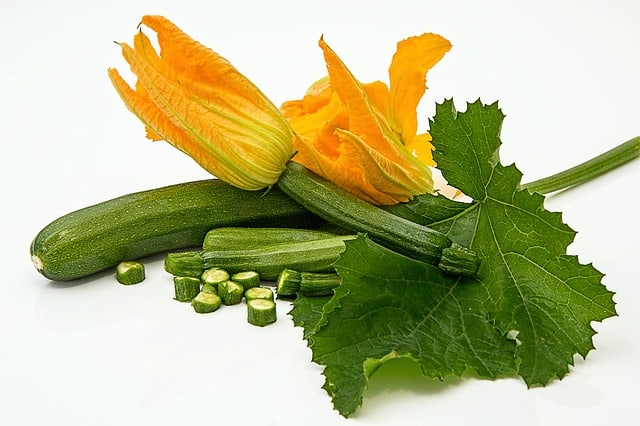
Zucchini, a popular summer vegetable, can also be planted in October in parts of Texas, offering gardeners the chance for a late harvest. This versatile squash thrives in the warm fall temperatures, and varieties such as ‘Black Beauty’ or ‘Zephyr’ can produce bountiful yields even as the temperatures begin to dip. Zucchini grows rapidly, so gardeners can expect a quick turnaround from planting to harvest, making it a gratifying option for those eager to enjoy homegrown produce.
Proper planting techniques are essential for success. Choose a sunny spot with fertile, well-draining soil. Because zucchini is susceptible to powdery mildew and other fungal diseases, maintaining good air circulation around the plants by spacing them adequately is vital. Regular irrigation, ideally in the morning to allow foliage to dry, can also help reduce disease instances. As zucchini plants can bear fruit prolifically, consistent harvesting is important; this encourages the plant to continue producing rather than exhausting itself with ripening fruit. By the time frost approaches, you could have a rolling stock of zucchinis ready for delicious soups, stir-fries, and baked goods.
Beans

October is a prime planting time for beans in Texas, particularly in the warmer areas where the soil temperatures remain favorable. Bush beans and pole beans like ‘Blue Lake’ or ‘Kentucky Wonder’ flourish when planted at this time, allowing gardeners to maximize their fall production. Beans love warm soil and are relatively quick to germinate, typically sprouting within a week, making them an appealing option for late-season gardening.
When planting beans, it is important to select a well-draining site with plenty of sunlight. Beans also enrich the soil with nitrogen, a benefit that makes them an excellent companion plant for subsequent crops. However, they require consistent moisture; thus, regularly check soil moisture levels, especially in dry spells. For taller pole varieties, using a trellis not only supports the plants but also maximizes space in smaller gardens.
Harvesting beans is straightforward, but be sure to pick them regularly to encourage the plants to produce more. As colder weather approaches, a timely harvest can mean enjoying fresh beans well into November, perfect for adding to winter dishes or preserving for the months ahead. The satisfaction of planting beans in October extends beyond the harvest; it nurtures your soil health and prepares your garden for future crops.
Peas

Planting peas in October in Texas is a strategic choice, especially for gardeners looking to extend their growing season. Cool-weather varieties such as ‘Sugar Snap’ and ‘Snow Peas’ do particularly well during the fall months, taking advantage of the moderate temperatures before the winter chill sets in. Peas not only thrive in the cooler temperatures, but they also add valuable nitrogen back to the soil, enhancing its fertility for subsequent crops.
When preparing to plant peas, choose a site that receives ample sunlight and has well-draining soil. Ideally, the soil temperature should be around 50-75°F for optimal germination. To improve the chances of success, consider soaking the seeds overnight before planting; this can speed up sprouting. Plant peas 1-2 inches deep in rows spaced about 18 inches apart, providing enough room for them to climb if you choose pole varieties. Utilizing trellises can help support these plants, allowing them to grow vertically and saving space in your garden.
Regular watering is important, particularly if the fall weather turns dry. Peas prefer consistent moisture but can suffer if waterlogged, so well-draining soil is critical. Harvesting peas while they are still young, before they become too starchy, will yield the best flavor. An October planting can lead to fresh, crunchy peas ready for your winter recipes, making them a delicious and nutritious choice for your fall garden.
Turnips
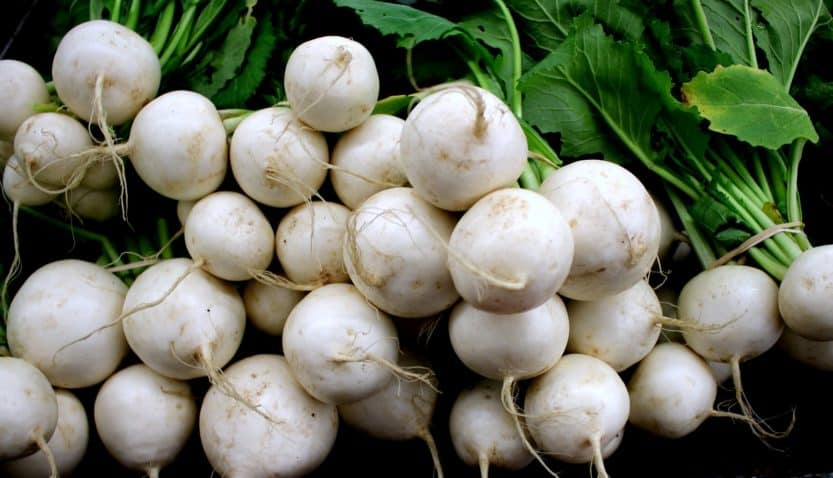
Turnips are another excellent vegetable to plant in October across Texas, showcasing their versatility as both a root and leafy green. This cool-weather crop matures relatively quickly, typically within 30 to 60 days, allowing for a fast turnaround in your fall garden. Varieties such as ‘Purple Top’ and ‘Tokyo Cross’ are particularly well-suited for Texas soil and climate, offering sweet, crisp roots and nutritious greens that can be harvested throughout the season.
To grow successful turnips, select a sunny area with fertile, well-drained soil, as these conditions foster healthy growth. Turnips thrive in temperatures between 60°F and 75°F, making fall an optimal time for planting. When sowing seeds, aim for a depth of about half an inch, and space them approximately 2-4 inches apart to allow enough room for the roots to develop. As the weather cools, applying a layer of mulch can help regulate soil temperature and retain moisture.
The leaves of turnips can be harvested as greens, providing an additional crop from the same planting. Regular watering will encourage robust growth, especially as they begin to swell. Keeping an eye out for pests like aphids or root maggots can help protect your turnips from potential harm. With proper care, October-planted turnips can flourish into hearty, flavorful additions to your winter menus, perfect for roasting, mashing, or adding to soups.
Radishes
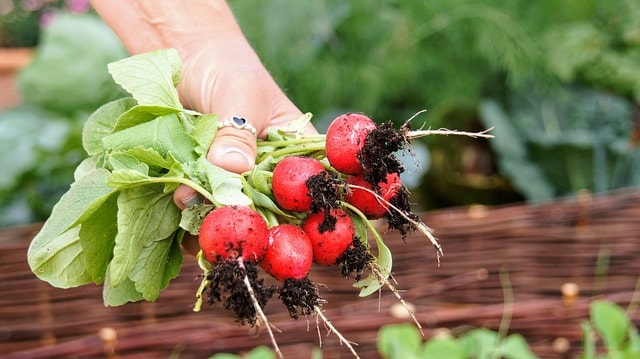
Radishes are a fast-growing crop that can be sown in October in Texas, making them one of the easiest choices for a fall vegetable garden. Varieties such as ‘Cherry Belle’ or ‘Watermelon’ radishes not only grow quickly, but they also offer a delightful peppery crunch that enhances salads and dishes alike. Because of their short growing cycle—often around 25 to 30 days—planting them in October allows for multiple rotations and successive harvests throughout the mild fall season.
To plant radishes, choose a location with full sun and well-draining, loamy soil. The soil should be fine and free of clumps to allow for easy root development. Sow radish seeds about half an inch deep and spaced 1-2 inches apart to give the roots room to grow. Since they are relatively drought-tolerant once established, maintaining consistent moisture is key during germination and early growth. Thin out seedlings to avoid overcrowding, which can lead to smaller roots and less flavorful radishes.
As radishes mature, they can quickly reach harvest size, so it’s important to check them regularly. Overly mature radishes can become tough and bitter, so harvest them as soon as they reach the desired size. Additionally, radish greens are edible and nutritious, adding another layer of value to this crop. Their fast growth and resilience make radishes a delightful addition to your October planting schedule in Texas, promising quick rewards and vibrant flavors in your kitchen.
Chard
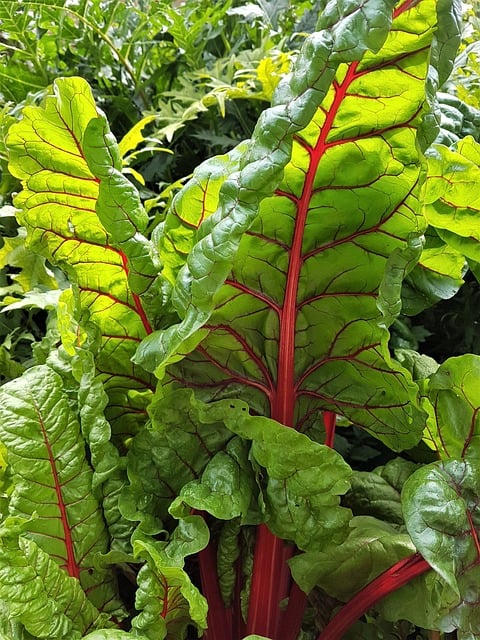
October is the ideal month to sow Swiss chard in Texas, as this leafy green thrives in the cooler temperatures of fall and into winter. Varieties such as ‘Bright Lights’ and ‘Fordhook Giant’ not only offer vibrant color to your garden but also develop sweet, tender leaves that can be harvested throughout the growing season. Swiss chard is known for its nutritional density, offering a wealth of vitamins A, C, and K, as well as several essential minerals.
When planting chard, choose a well-drained, fertile soil enriched with organic matter to support its leafy growth. Chard tolerates a range of soil pH levels, but slightly acidic to neutral conditions (pH 6.0-7.0) are ideal. Seeds can be sown about half an inch deep, with spacing of 12 to 18 inches between plants to allow for ample growth. Chard can be direct seeded or started indoors and transplanted later, depending on your preferences and timing.
Regular watering is particularly important during germination and early growth stages but avoid waterlogging, which can lead to root rot. One of the many benefits of cultivating chard is its hardiness; it can tolerate light frosts, making it an excellent choice for fall planting. As a bonus, frequently harvesting the outer leaves encourages the plant to continue producing throughout the season, providing fresh greens that can be used in salads, stir-fries, or as a cooked side dish.
Parsley

As a biennial herb often grown as an annual, parsley is another fantastic option to plant in October in Texas. This versatile herb can be grown successfully in both spring and fall, and by planting in October, you can enjoy fresh parsley for cooking and garnishing dishes throughout the cooler months. Varieties like ‘Giant of Italy’ or ‘Curly Leaf’ are popular choices, each providing a distinctive flavor and aroma.
For successful parsley cultivation, select a location that receives partial to full sun and features loose, well-aerated soil with good drainage. An important aspect of planting parsley is to soak the seeds in water for 24 hours prior to sowing, which can facilitate quicker and more uniform germination. Sow seeds about a quarter to half an inch deep, with a spacing of 6-12 inches between plants. Parsley is relatively low-maintenance but ensure the soil remains consistently moist, particularly during dry spells.
Moreover, parsley enjoys cooler temperatures and can tolerate light frosts, allowing gardeners to extend their harvest well into winter. Regular harvesting of the outer leaves encourages bushier growth and a steady supply of fresh herbs for culinary uses, from flavoring soups to enhancing salads. Parsley is not only a culinary delight; it’s also packed with vitamins and minerals, making it a nutritious addition to your garden.
Spinach
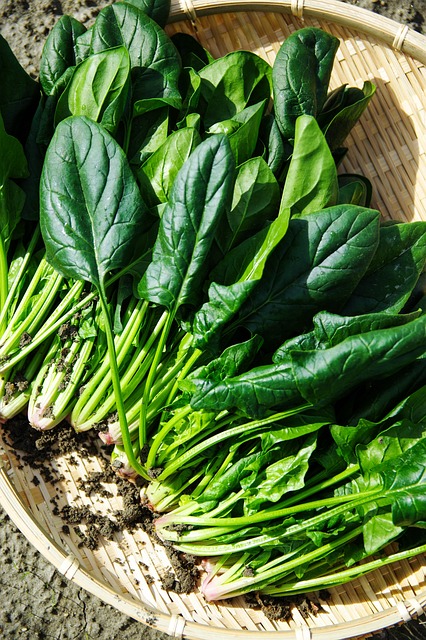
October marks the start of the optimal growing season for spinach in Texas, where this leafy green can flourish in the cooler fall weather. Varieties such as ‘Bloomsdale’ and ‘Teton’ are well-suited for planting in this time frame, providing tender leaves that can be enjoyed in salads, smoothies, or cooked dishes. Spinach is rich in iron, calcium, and various vitamins, making it a healthful choice for any garden.
To plant spinach successfully, select a site with well-drained, fertile soil and plenty of sunlight. Spinach seeds can be sown about half an inch deep, with rows spaced 12-18 inches apart. Due to the fast germination of spinach, it’s beneficial to plant seeds in succession every couple of weeks to ensure a continuous harvest. Since spinach prefers cooler temperatures, sowing in October allows the plants to take full advantage of the mild climate before winter sets in.
Regular watering is essential for spinach, particularly as the seeds germinate and young plants establish roots. Keeping the soil consistently moist while avoiding waterlogging can help prevent diseases like downy mildew. Spinach is also frost-tolerant, enabling gardeners to enjoy fresh greens even after light frosts. Harvest leaves as they reach the desired size, which will promote growth and prevent the plants from bolting too early. Spinach grown in the cool weather of October can bring fresh flavors to your winter dishes while contributing to a nutrient-rich diet.
Broccoli
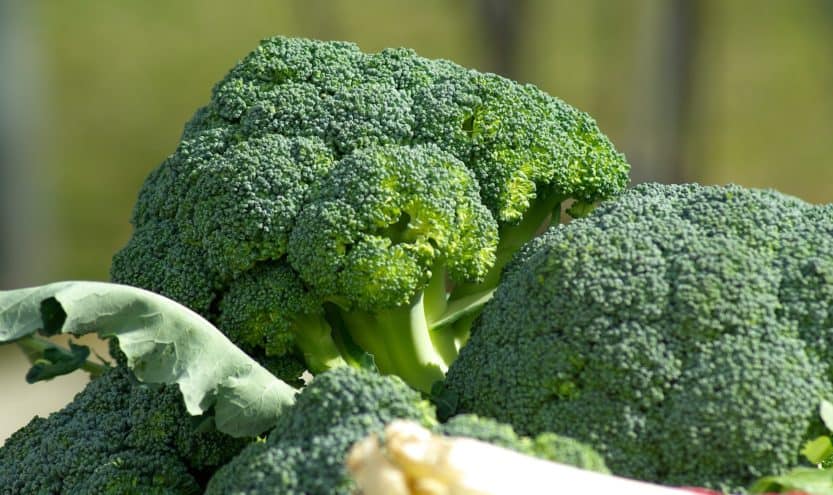
October is an exceptional time to plant broccoli in Texas, especially in the fall when the cool weather sets in. This cruciferous vegetable is renowned for its nutritional benefits, including high levels of vitamins C and K, fiber, and various antioxidants. The varieties ‘Calabrese’ and ‘Green Magic’ are particularly popular among Texas gardeners for their adaptability and resilience during cooler months.
For optimal growth, select a sunny spot with well-draining, fertile soil rich in organic matter. Broccoli prefers a pH range of 6.0 to 7.0, so consider conducting a soil test to ensure the acidity levels are appropriate. Plant seeds ½ to 1 inch deep and space them 18 to 24 inches apart to give the plants room to grow their large heads. If you are working with transplant seedlings, sow them in pots indoors a few weeks before transferring them outdoors or buy healthy seedlings from local nurseries.
Broccoli generally enjoys consistent moisture—keeping the soil evenly watered helps prevent issues such as bolting or seed-stem formation during warmer days. Additionally, mulching around the plants can help retain soil moisture and suppress weeds, which compete for nutrients. Regularly checking for pests like aphids and cabbage worms will help protect your crop and ensure healthy growth. Harvest broccoli heads when they are firm and tight before the florets start to bloom, and you can continue to pick smaller side shoots throughout the season, maximizing your yield.
Celery
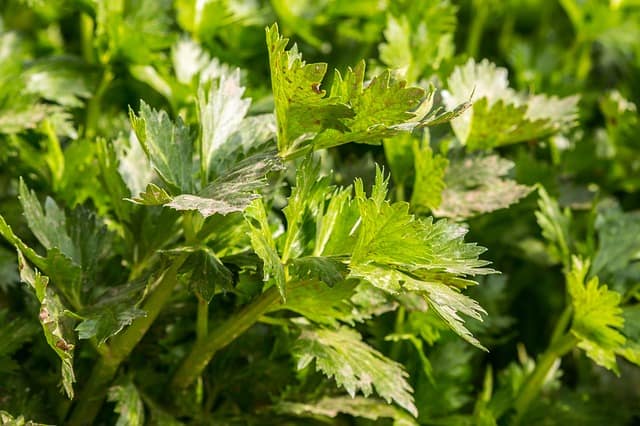
Celery, though often overlooked, thrives when planted in October across Texas, where cooler temperatures create the perfect environment for this nutrient-rich vegetable. Known for its crisp texture and high water content, celery is an excellent addition to salads, soups, and snacks. Varieties like ‘Golden Self-Blanching’ and ‘Pascal’ are recommended for their disease resistance and favorable growth habits in the fall.
To successfully grow celery, choose a location with full sun and well-drained, rich soil. Celery is a heavy feeder, so amending the soil with compost or a balanced fertilizer prior to planting can help promote vigorous growth. Sow seeds indoors around 10-12 weeks before the last expected frost and transplant them outdoors in October, or directly sow seeds outdoors, spacing them about 10-12 inches apart in rows 2-3 feet apart.
Celery seeds have a slow germination rate, usually taking 14 to 21 days, so patience is essential. Once established, maintain consistent moisture, as celery thrives in damp conditions, but ensure good drainage to prevent root rot. Applying a layer of mulch will help retain soil moisture and keep weeds suppressed. Pest control is vital for celery plants, as they can be susceptible to pests like cutworms and snails. Regularly monitoring and implementing organic pest management practices can safeguard your crop. Harvest celery stalks when they reach a desirable size, and enjoy the crispness and flavor they add to your meals.
Potatoes
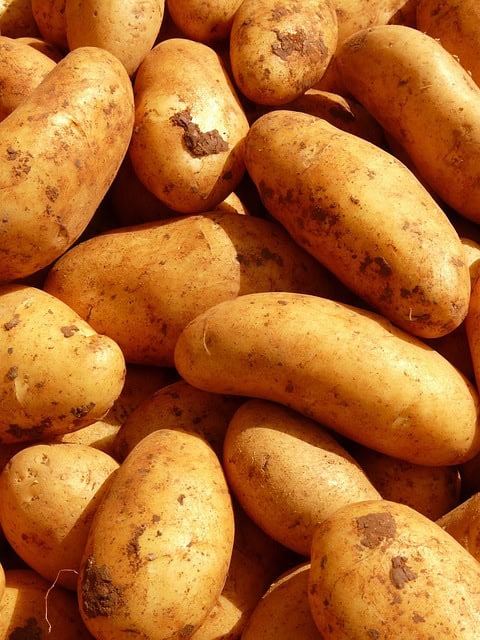
October is the perfect time to plant the second crop of potatoes in many regions of Texas. Warmer areas, such as South Texas, can benefit from planting varieties like ‘Red Pontiac’ or ‘Yukon Gold’ for harvest in late winter or early spring. Potatoes are versatile vegetables that require minimal growing space and produce a satisfying yield.
When planting potatoes, begin by selecting certified seed potatoes, which are disease-free and ensure a healthy crop. Cut larger seed potatoes into pieces about the size of a golf ball, ensuring each piece has at least one or two “eyes,” or buds, for sprouting. Plant these pieces about 4-6 inches deep, spaced 12 to 15 inches apart in rows that are 2-3 feet apart. Texas gardeners should plan to cover potato plants with soil as they grow, a technique known as “hilling,” which supports healthy tuber development and keeps them covered and protected from sunlight.
Potatoes thrive in well-draining soil with plenty of organic matter to promote healthy growth. Consistent watering is essential, especially as the plants flower, signaling tuber development. Be cautious not to overwater, as potatoes are susceptible to rot in overly saturated soils. Regularly check for pests like potato beetles and aphids; implementing organic pest control measures can help maintain a healthy crop. When the foliage begins to yellow and die back, it signals that potatoes are ready for harvest. Dig them up carefully to avoid damaging the tubers, and enjoy the fruits (or rather, vegetables) of your labor in various delicious dishes.
Pumpkins
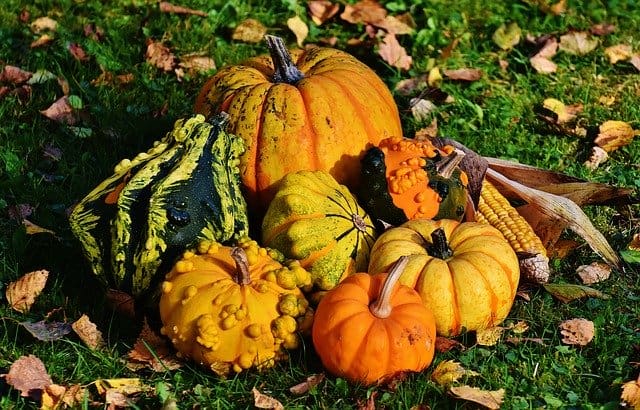
October is not only known for its cooler weather in Texas but also for the excitement of pumpkin season. While many think of pumpkins primarily for Halloween decorations and autumn festivities, planting this vibrant vegetable in October sets the stage for a bountiful harvest ideal for holiday cooking and seasonal décor. Varieties such as ‘Sugar Pie’ and ‘Jack O’ Lantern’ are perfect choices for those looking to explore the many uses of pumpkins, from pies to carving.
When preparing to plant pumpkins, consider that they thrive in well-drained, nutrient-rich soil with a pH of 6.0 to 6.8. For successful growth, choose a sunny location that provides at least six hours of sunlight daily. If planting seeds directly into the garden, sow them in mounds or hills spaced 3 to 4 feet apart, burying them about an inch deep. Alternatively, you may start seeds indoors about 2-4 weeks prior to outdoor planting to give them a jump start. Just be sure to harden off seedlings by gradually exposing them to outdoor conditions before transplanting.
Pumpkins are heavy feeders and will benefit from the addition of compost or a balanced fertilizer when planting. Regular watering is essential, particularly during flowering and fruit set, but take care not to oversaturate the soil. Adequate moisture will help achieve lush vines and healthy, plump pumpkins. Furthermore, implementing a weed-control strategy is important, as weeds can compete for water and nutrients. As pumpkins grow, they may spread their vines significantly, so factor in space accordingly.
Watch for common pests such as squash bugs and cucumber beetles that can threaten your pumpkin crops. Early intervention with organic pest management techniques, such as introducing beneficial insects or using neem oil, can help keep your plants healthy. You can expect a rewarding harvest by late October or early November, making it perfect for Thanksgiving feasts or entertaining during the holiday season.
Asparagus
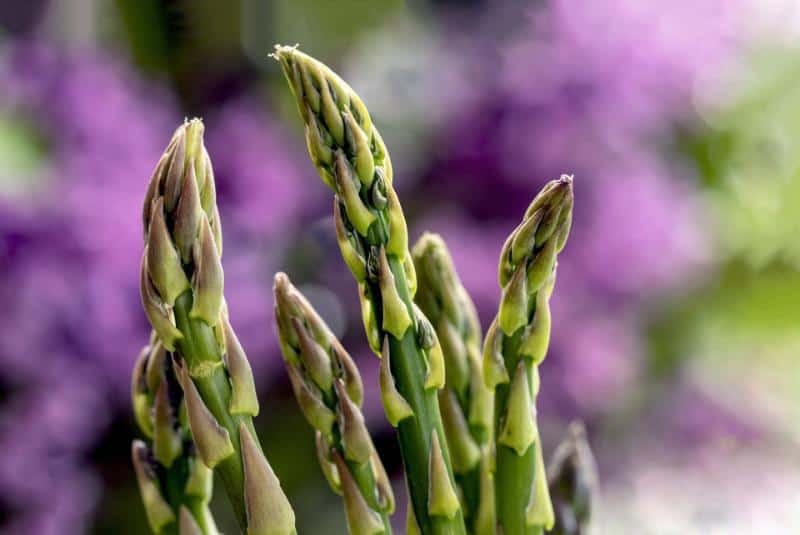
Although October might not be the traditional time to think about planting new crops, it is, in fact, an excellent time to begin preparing for a future harvest of asparagus in Texas. This perennial vegetable thrives best when planted in early spring, but fall is the perfect season to establish new crowns in preparation for the coming spring. By planting asparagus crowns now, you enable the roots to settle into the soil over winter, promoting vigorous growth in the following season.
Choosing the right varieties is essential for successful asparagus cultivation; ‘Mary Washington’ and ‘Jersey Knight’ are two of the most popular choices, known for their resilience and productivity. Asparagus prefers sandy loam or well-drained soil rich in organic material. Before planting, amend the soil with compost or well-rotted manure to enrich its nutrient profile. Aim for a planting site that receives full sun, with a soil pH between 7.0 and 8.0, to optimize growth.
When planting asparagus crowns, space them 12 to 18 inches apart in rows 4 to 5 feet apart to ensure adequate room as the plants mature. Dig a trench about 12 inches deep, place the crowns at the bottom, and cover them lightly with soil, gradually filling the trench as the plants grow. Water the crowns thoroughly to encourage root establishment.
Although it may take about 2-3 years before you can begin harvesting, asparagus requires less maintenance once established. Regular weed control is crucial during the early growth stages to reduce competition for nutrients. Fertilizing with a balance of nitrogen, phosphorus, and potassium in early spring can significantly enhance yields. After the harvesting season, allow the ferns to grow; this will help replenish nutrients in the soil and support the plants’ growth for the next season. This investment in your garden now will pay off with fresh, tender asparagus spears that can be enjoyed for years to come.


